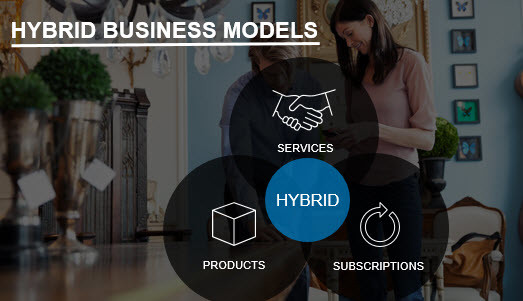Abstract
On a weekly basis I meet and engage with businesses making ERP selections. Many take a far too narrow view of their current requirements, with the selection triggered often by reactive factors, such as unmanageable paper/ excel based processes or unplanned increases in support function headcount. Most fail to attribute sufficient value to product breadth and flexibility beyond immediate and short term requirements. This results in a common phrase in software selections; “we’ve outgrown our current systems”. This detailed article seeks to explore the costs of undertaking reactive selection as well as outlining key requirements to purchase a future-proof solution. These can be outlined as followed:
- Purchase multi tenanted cloud software – “true cloud”
- Consider software capabilities beyond your immediate requirements.
- Ensure customisation is possible and does not present issues of ‘version lock’.
- Look for clear investment in product development and road map.
- Ensure the platform has strong integration and technical capabilities.

Changing Business Models
Globalisation has led to a highly competitive and international marketplace. Product life cycles have shortened, consumer expectation has heightened, barriers to entry in many markets have been reduced. Never before has it been so important for companies to constantly innovate, grow and adapt to remain competitive and succeed.
We have witnessed the rise of the hybrid business model where we can no longer broadly categorise many organisations by the services they offer. Businesses have found ways to turn product offerings into recurring subscriptions, to provide additional services alongside a subscription, or to add products alongside services. It is increasingly common to see businesses offering all three. For example, a telephony company selling conference phones and associated hardware, in addition to providing monthly subscription packages and implementation and upgrade project services. To add to matters, this company is operating in multiple European countries.
Hybrid business models increase the complexity of back office processes, often leading to inefficiencies caused by manual workarounds or additional point solution purchases (software designed for a specific requirement only). Often the nuances of stock, project and subscription management are handled by a number of disparate systems. Monthly financials can be generated in part automatically by the ERP system, but more complex processes, such as revenue recognition, are often manually calculated and imported. Perhaps also different systems are being run by different subsidiaries thereby increasing effort to consolidate and simultaneously reducing management visibility of the group performance.
Operating Inefficiencies
The trigger for investment in new systems is commonly rooted in the need to support new products and services, geographical territories or a combination of both. Often this investment occurs in a reactive manner, when operating inefficiencies have already become starkly apparent. Perhaps it’s the unplanned increase in finance team headcount. Perhaps consolidated reporting across multiple entities is infrequent and lacking insight, thereby delaying decision making. Perhaps an increase in workload and longer hours has led to staff attrition or a reduction in morale. Whilst the business might be growing strongly, could growth have been higher had the back office processes been ready to support effectively on day one? Perhaps the same revenue growth would have been achieved but with lower costs, thereby increasing profit margins.




